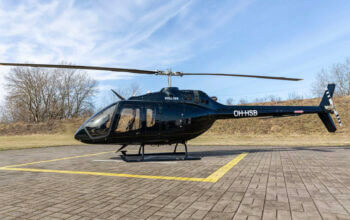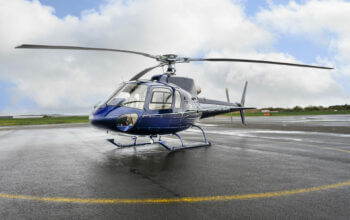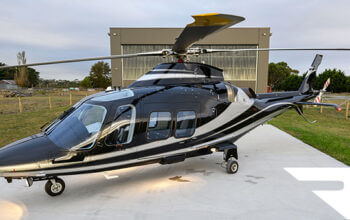Estimated reading time 6 minutes, 50 seconds.
WestJet revealed its fourth quarter and full-year results for 2017 on Feb. 6, 2018, closing off its 13th consecutive profitable year with net earnings of $283.6 million (versus a reported $295.5 million at the end of 2016).

During a conference call with industry analysts and the media, WestJet president and CEO, Gregg Saretsky, said the airline continues to work on several key initiatives to drive revenues and reduce costs, while inviting strategic growth through new and increased service across its scheduled network.
Among those initiatives is WestJet Link, a new regional air service that will be operated by Pacific Coastal Airlines through WestJet’s first capacity purchase agreement (CPA). It is now set to launch in June, following a delay in regulatory approvals required by Pacific Coastal.
While regional carrier WestJet Encore now operates a fleet of 47 Bombardier Q400 aircraft, the airline said analysts can expect to see an expansion in CPA and contract flying, particularly on the East Coast, utilizing aircraft such as the Saab 340 and Beech 1900D to feed into its developing international widebody network.
Saretsky also pointed to a joint venture agreement focusing on transborder cooperation with U.S. carrier Delta Air Lines, signed in December, which he said will provide WestJet passengers with access to “an extensive transborder network, better flight connections, enhanced frequent flyer benefits, and shared airport facilities and amenities.”
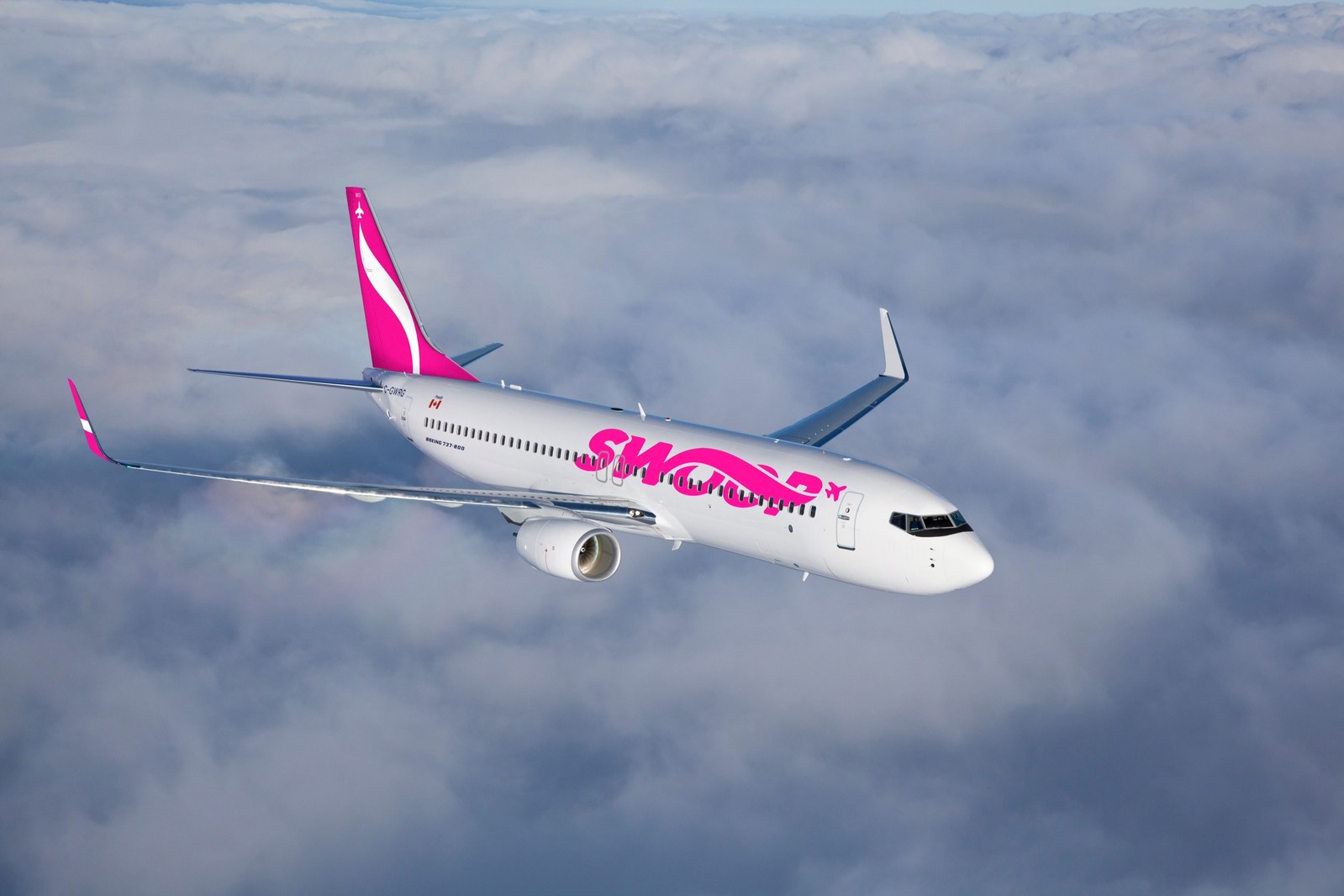
Finally, he discussed WestJet’s plans to jump into the hotly contested Canadian ultra-low-cost carrier (ULCC) market with the launch of ticket sales for its fully-owned subsidiary, Swoop, on Feb. 1. The discount carrier is expected to begin flying in June.
“Swoop is Canada’s first true ULCC that will compete in the price sensitive leisure segment,” said Saretsky. “It will bring unbundled airfares to Canadian travellers that are approximately 40 per cent lower than those available in the market today. They will also have the option to purchase additional services such as carry-on baggage, extra legroom, or contact centre support, for a modest fee.”
Subject to regulatory approval, he said Swoop will expand outside Canada later this year and could eventually grow to a fleet of 30 to 40 aircraft. Initially, it will operate three Boeing 737-800s in June. The fleet is projected to grow to six aircraft by September and to 10 by spring 2019.
“Swoop’s low cost structure will be achieved through selling seats mainly online, operating a single fleet type of 737-800s with high utilization and high seating density, and a highly efficient and productive workforce,” explained Saretsky.
So far, WestJet says Swoop sales have not resulted in any noticeable “cannibalization” from the mainline airline. Instead, they say Swoop is attracting a new clientele, Canadians who haven’t travelled much before.
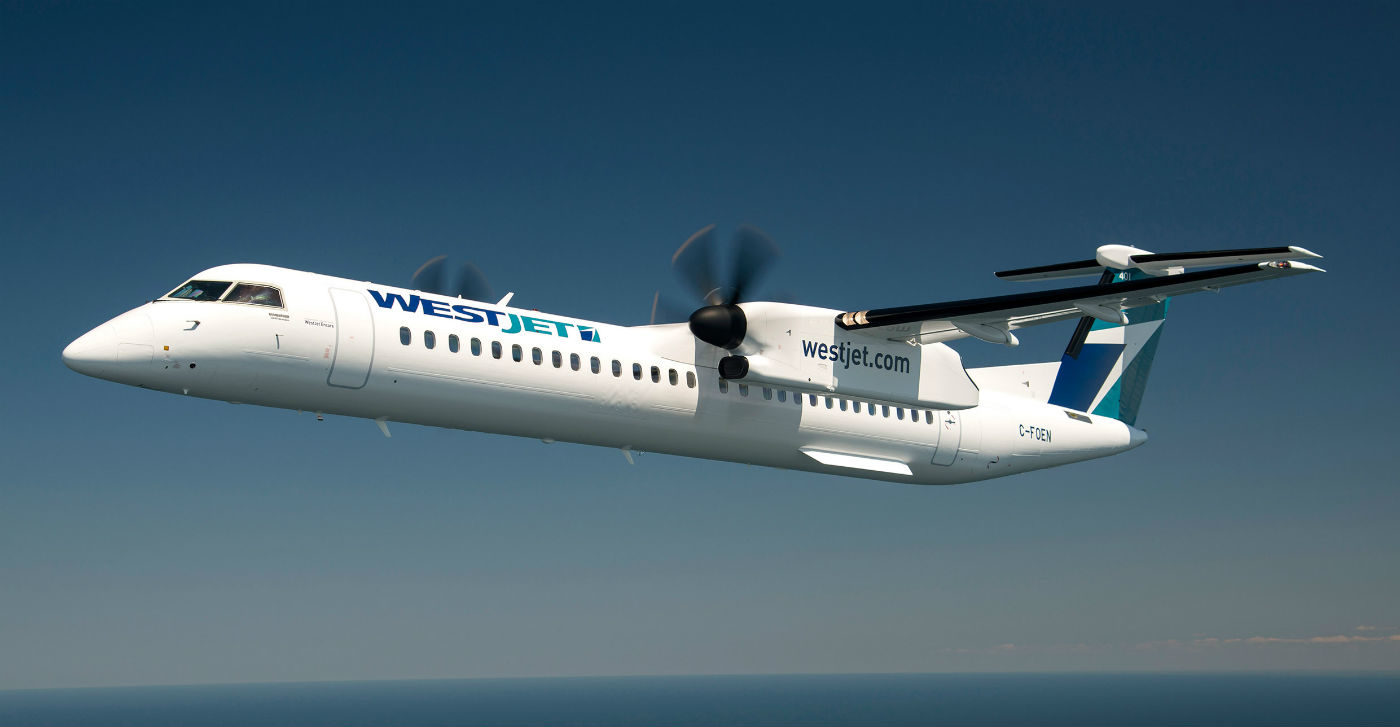
“Canadians like low fares,” said Saretsky. “We are stimulating the market and seeing new travellers coming on. The six cities being served [by Swoop] were already being served by [WestJet] 737s – those aircraft have been redeployed to markets that can be offset by higher fares.
“We’ve always said that in this segment of the market, he with the lowest cost wins, and Swoop is purpose-built to compete effectively to generate accretive results for WestJet from the day of its first flight.”
As far as crewing the new airline goes, Saretsky said the preference is to hire “as many pilots from WestJet and Encore as are interested in the opportunity.”
While this type of arrangement must be negotiated through the Air Line Pilots Association union, he said up to 200 captain upgrades are possible and they have already received several resumes from qualified Canadian pilots who are now flying overseas.
“We will be airborne in June, one way or another.”
Positive Trends
WestJet reported other positive trends, including a year-over-year revenue increase of 19 per cent in its Premium Economy and Plus sales. This indicates the airline is gaining ground in its efforts to win over business travellers.
In 2018, WestJet expects to see system-wide and domestic capacity growth between 6.5 and 8.5 per cent year-over-year. This growth will be attributed to a densification and seat reconfiguration program on the narrow-body fleet, a shift in fleet mix to larger narrow-body aircraft, the inauguration of WestJet Link service, and the start of Swoop service.
Another source of growing revenue is ancillary sales, reported Harry Taylor, executive vice-president of finance and chief financial officer.
“In the fourth quarter, ancillary revenues increased 16.1 per cent year-over-year to $110.3 million, amounting to $19.11 per guest. This is attributable to change and cancellation fees, reserved seating fees, sales of Plus upgrades, and the continuing success of our RBC WestJet MasterCard program.”
While cost per available seat mile (CASM) was 3.6 per cent higher in 2017, Taylor attributed the increase, excluding fuel and profit share, to several factors including higher salaries and benefits, growth at WestJet Encore, Swoop start-up costs, and statutory holiday pay for flight crew members.
Rising fuel costs remain a concern for the airline, with a forecast jet fuel price of US$81 per barrel in the first quarter of 2018. That’s up from US$60 per barrel in the fourth quarter of 2016.
During 2017, WestJet took delivery of 15 new aircraft, including two Boeing 737-800s, four 737 MAX 8s, and nine Bombardier Q400s. The average age of its fleet is now 7.5 years.





